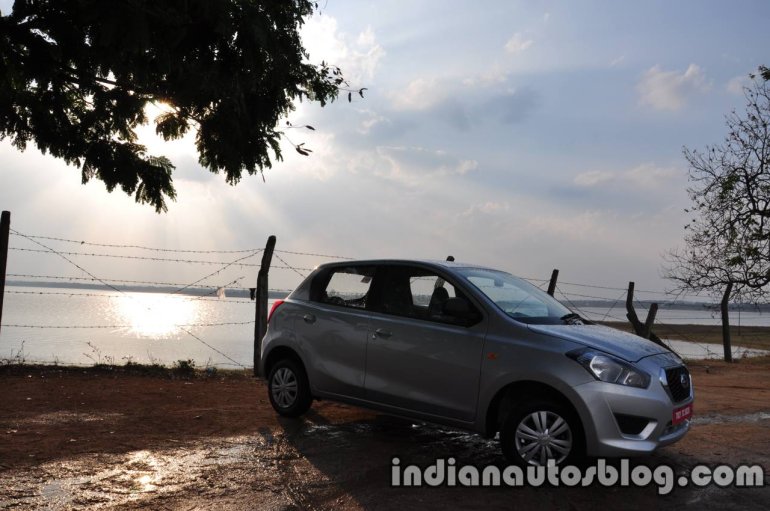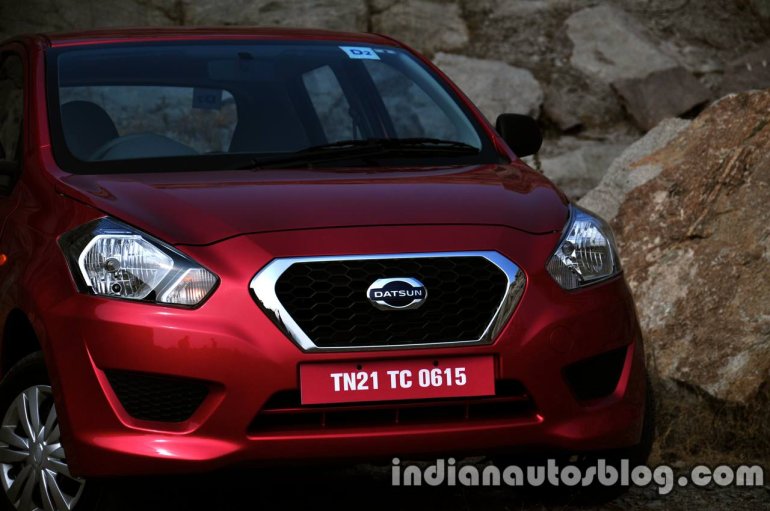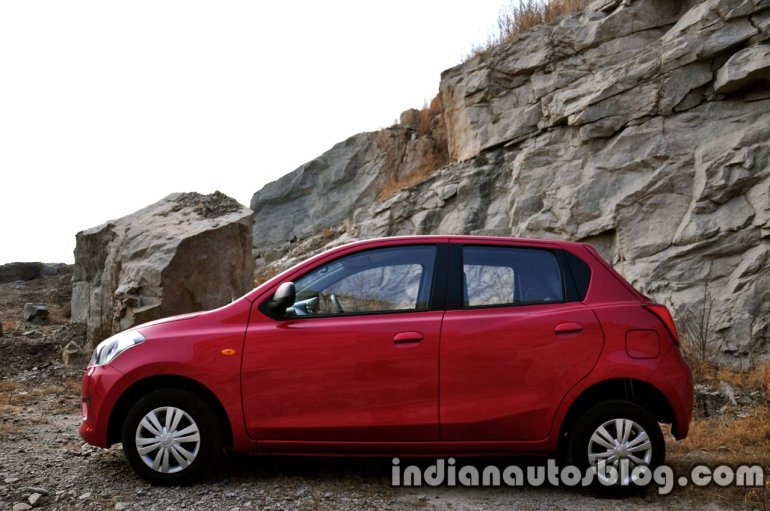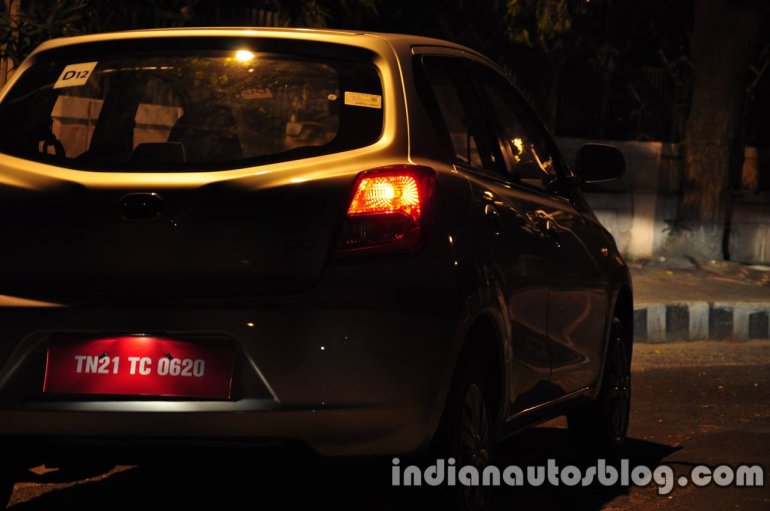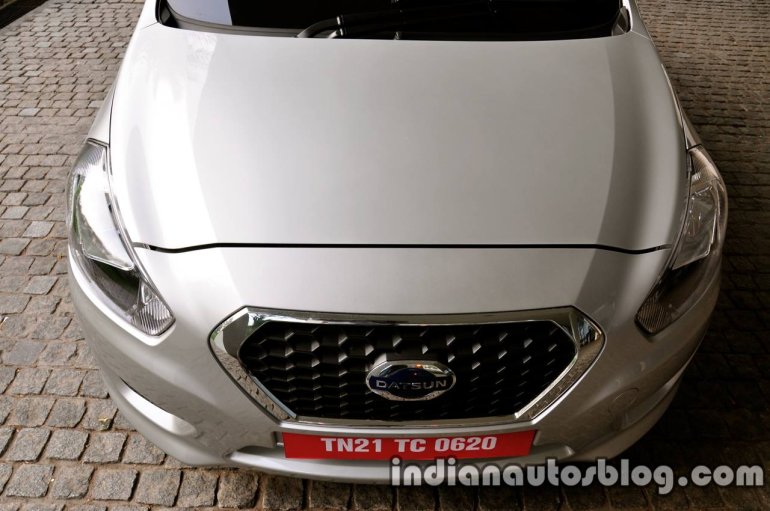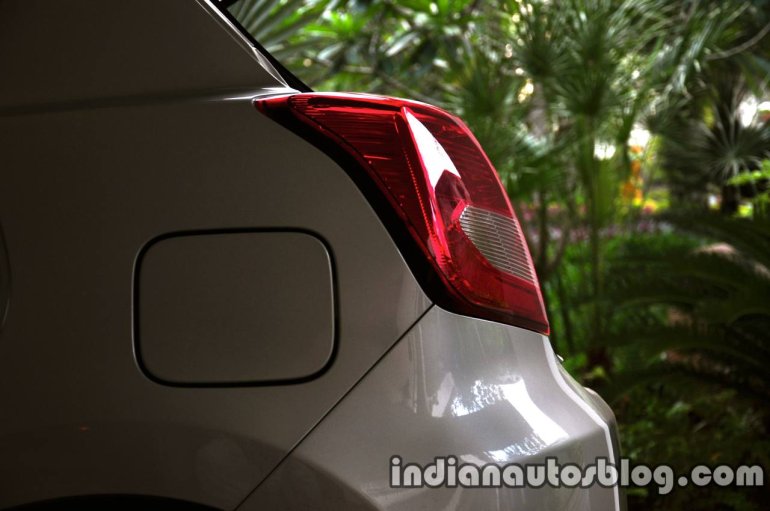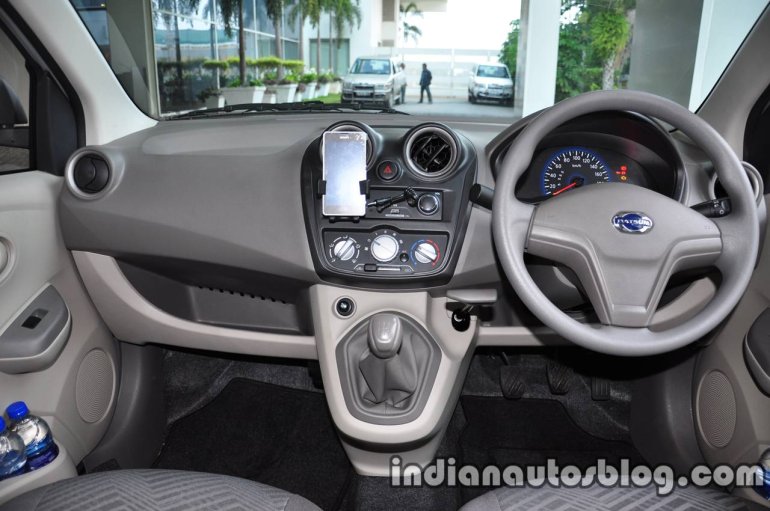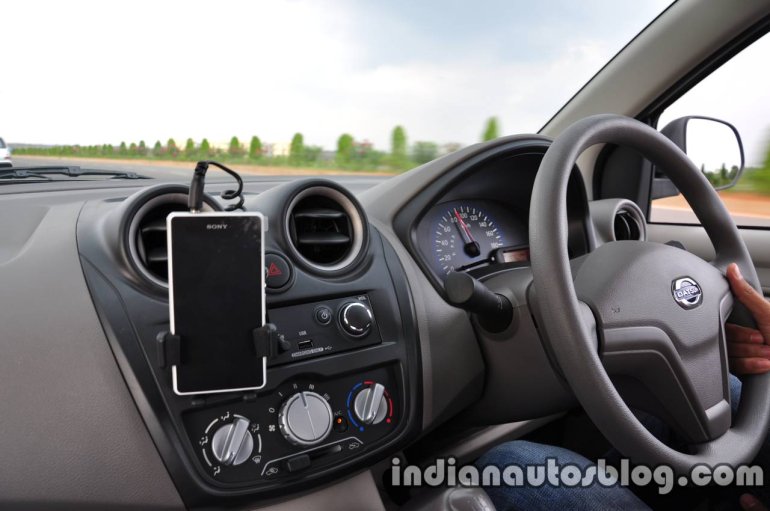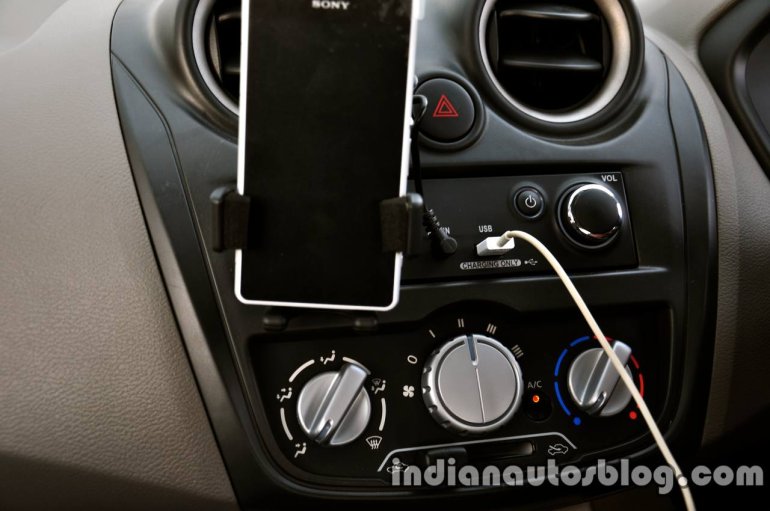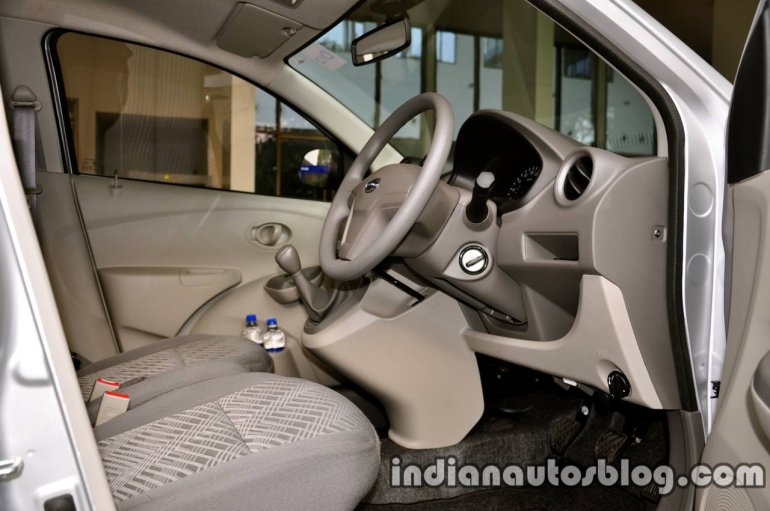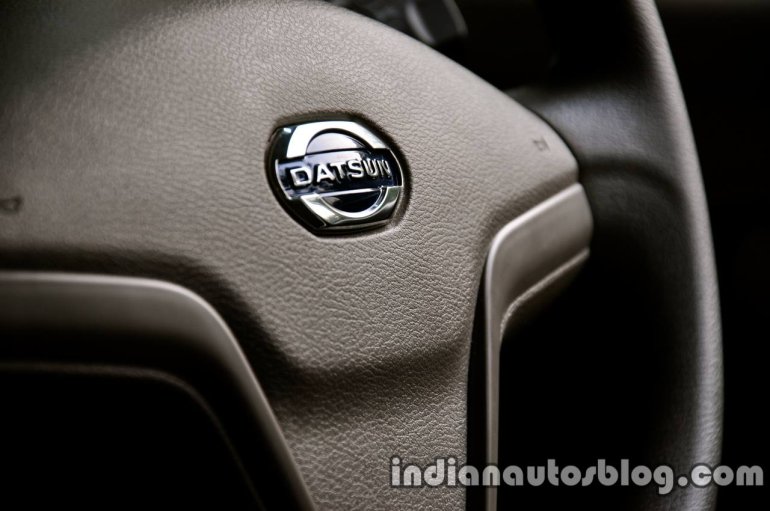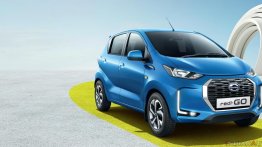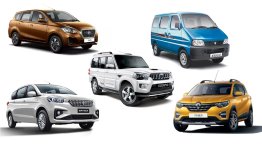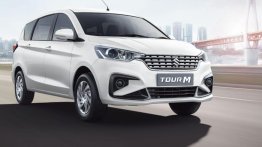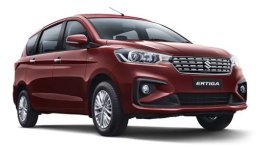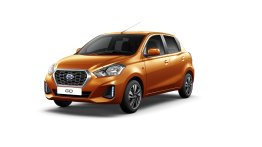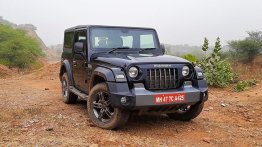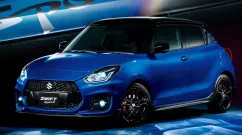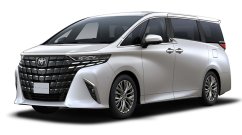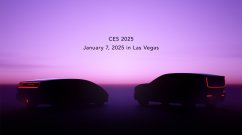I like Carlos Ghosn. He is the current Chairman and CEO of the Nissan Motor Company, and also leads the global Renault-Nissan alliance. I have never met him or even in fact been in the same room as he. But from what I know of him indirectly, I have come to admire him immensely. Especially when he got on stage on the 15th day of July, 2013 and announced the return of the Datsun brand.
That required considerable amount of courage, and while I believe there have most definitely been a number of men and women driving the decision behind the scenes at Nissan, it must have been his call to take. And the call to revive or launch a new auto brand is not exactly an easy one to make. How many of those calls have you seen happen in your lifetime?
Datsun's first product, the 'Go', debuted with the announcement of the brand's return last year, and right from the moment of unveiling, it was clear Nissan was squarely aiming at taking on the Indian mainstay of its neighbour back home - Suzuki. The Datsun Go not only debuted in the exact same colour shade as the Suzuki Alto, but also seems to have a striking connect with the Alto's now famous tagline - Let's Go.
But is the Go really worth the hype? Has Nissan erred in its way? Or has Carlos Ghosn possibly gone all Chris Gayle on the Indian auto industry. Hyderabad might have an answer.
The needle is resting at 160 km/hr with the electronic tachometer steady at 5000 revolutions per minute. The car won't do any more, and neither do I want it to. At 5,000 RPM, all of the Go's 67 horses are awake and roaring. The Datsun logo at the very forefront of the car is darting towards the horizon as I process all the engineering jargon Datsun engineers were throwing at us from the previous evening.
I am lacking a bit of focus here because I hardly had any sleep from the previous night and that is the reason I am not in the driver's seat now. I usually do not be in the passenger seat of a car doing one hundred miles an hour. Especially with a driver I met only that morning. But I am surprisingly calm and comfortable. The car is very stable with the electronic power steering weighing in perfectly. I am reminded of the fact that Datsun engineers derived tools from Nissan's premium brand Infiniti to develop the dynamics of the Go.
As I stare into the inviting weather of Hyderabad up ahead, listening to notes from A. R. Rahman's latest arsenal blaring out of the only two speakers present in the car, I am slightly distracted by the engine and road noise filtering into the cabin. In a successful attempt at keeping costs down, Datsun engineers have installed sound absorption only where absolutely necessary.
As I wonder where that is, I increase the volume of the speakers to drown out the engine and road noise. The speakers lack any substantial bite. Or bass. Or any direct connect with a proper conventional music system. On the Go, Datsun has positioned a smartphone holder in the centre of the dashboard alongside a USB port (charging only) and a 3.5mm Aux In port. I assume you understand where I am going with this. Smart.
But hang on, did I mention I was doing one-hundred-and-sixty-kilometres-per-hour in a car that was a direct competition to the Suzuki Alto and the Hyundai Eon, two cars that cannot go past the 120 km/hr mark without scaring the grandma, grandpa, Appa, and Amma out of the 25,000 odd Indians who buy them every month?
I think I did.
I should remind you though, the Alto has just been declared the largest selling car in the world. A month or so ago, it was given a zero star crash test rating by the Euro-NCAP. And that's why, Datsun is important for India.
The Go comes powered by a 1.2 litre engine that produces 104 Nm of torque at 4,000 RPM that is more than sufficient to rapidly accelerate and place the Go at 100 km/hr in under 13.3 seconds. Sure, the Alto K10 has a similar 0-100 time. But it doesn't do it with the sheer stability with which the Datsun accomplishes it.
Datsun has derived cues from Infiniti, its luxury arm, for technology bits like a high response linear damper that helps the Go absorb and follow through poor road conditions quite effectively. The ride is actually very comfortable for a car that costs less than the ceramic brakes on a Ferrari. Datsun also says that the suspension travel on the Go is 30% more than its nearest rival, which can only be a good thing.
I am now behind the steering wheel. I am 6 feet 1 inch tall and even though the steering column doesn't adjust for reach or rake, I am comfortable with the driving position.
The dash is of your basic design with compartments and smaller spaces abound. The gear shift and the hand brake have been mounted straight onto the dash board to save space, says Datsun. But my engineering grey cells tell me it is to once again save costs on manufacturing.
Both, the front and rear seats are benches and this creates a rather unique problem for the driver. Every time I need to change gears on the 5-speed gearbox, my elbow hits the seat back of the front seats and this gets irritating. My left knee rests on the hand brake lever and my right knee on the door mounted power window switch module. The latter being uncomfortable over long distances.
On the instrument panel you get a speedometer that has pre-printed markers that tell you the exact speed at which you should change gears for optimal mileage. Neat economical touch. Besides that, you have a digital tachometer along with a small display that gives you a trip computer, instantaneous and average fuel economy figures, distance to empty, and a fuel gauge.
You cannot miss noticing the parts that have been borrowed from the Micra here. Things like the air-con vents, indicator stalk, and inner door handles share a superior plastic quality much unlike the rest of the cabin, which is laid up in harder plastics.
Because Datsun has focused on cost consciousness to entail a market price that is affordable by all, it has been able to deliver a lot of car for your money. You get a single wiper blade on the front with none at the rear, not even a de-mist function. The seat belts at the rear are hooked to the C-pillar and do not slide out. A lid for the storage compartment is absent and you get power windows for the front two doors alone.
In fact, the driver does not have power window controls for the left side of the car on his door. To adjust the side view mirrors, you need to physically move them around with no stalk provided for them on the inside. To pop the boot you need to use the lever next to the driver seat and once you have done so, you will notice there is no parcel shelf at the rear either.
But just when you begin to slightly miss the parcel shelf, you will be surprised at the sheer amount of boot space Datsun engineers have managed to create here. At 265 litres, it is more than twice as much as the Alto, more than the Eon, and even beats the likes of the Toyota Etios Liva.
When the Datsun Go hits the roads today, it will come with a 2 year/unlimited mileage warranty offering two labour-free services at 5,000 km intervals. You will miss the presence of an ABS or Airbag unit on the car upon launch, but what you will welcome is the follow-me-home-headlamps feature that Datsun has included in the car. It has also added a speed sensing wiper function, the point of which I have failed to see.
Finally, if you are in the market for your first car, and have been flipping a coin over the Alto and the Eon, there is no reason why you shouldn't look at the Go now.
Datsun has delivered a car that obliterates the Alto in pretty much every department, and by a huge margin. It stands taller, wider, broader than the Eon, drives better, and will quite possibly cost lesser too. It will retail from Nissan stores initially, and here is where the company would have its task cut out. If there exists solace in the minds of Hyundai and Suzuki, it is in the fact that their dealer reach is far ahead of Nissan's. Developing more sales and service points would be Nissan's primary agenda in 2014 if they want to see the Go really succeed. That, and launching the Go based MPV, the Go+.
Datsun is looking at the possibility of an Automated Manual Transmission, ABS, and Airbags on future models of the Go. But to get there, it first needs to be able to place enough cars on the road. There is little reason why it won’t be able to.
Test Notes:
1. At idle, when the air-conditioner is switched off or the compressor cuts out, the RPM drops marginally resulting in noticeable vibrations going across the car.
2. The reach and width of the headlamp beam is longer and wider than the Eon and the Alto.
3. Four colors on offer: Silver, White, Blue, and Grey.
If you wish to see standard images of the Datsun Go, head to our report from its unveiling.





